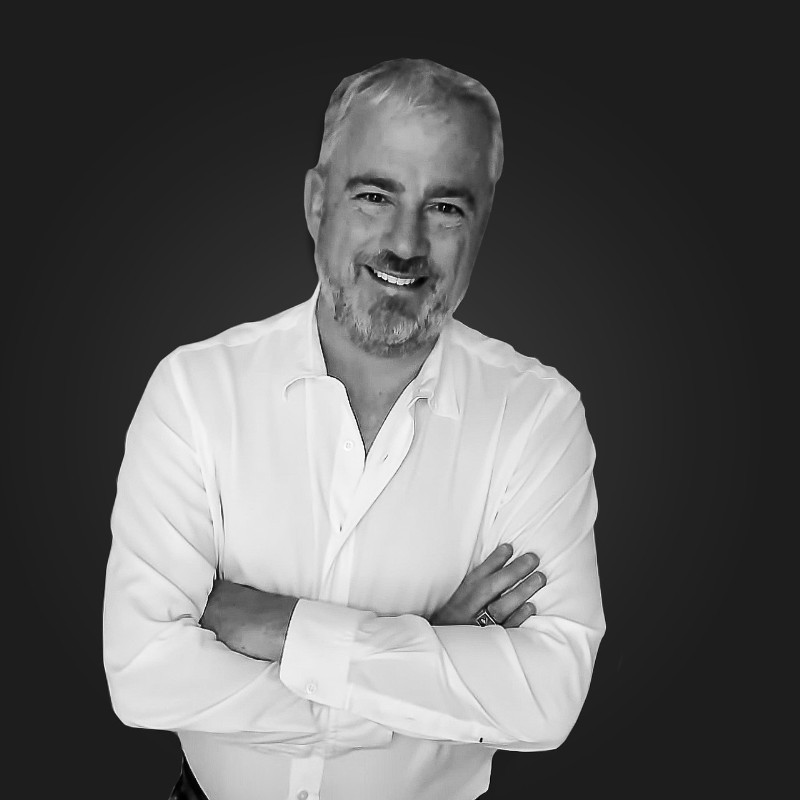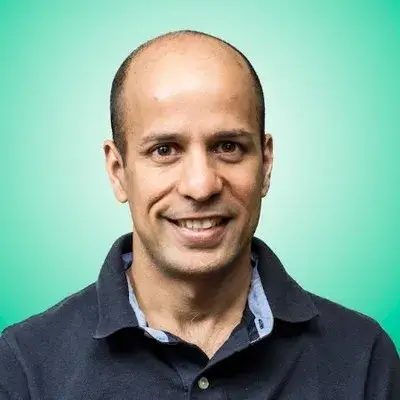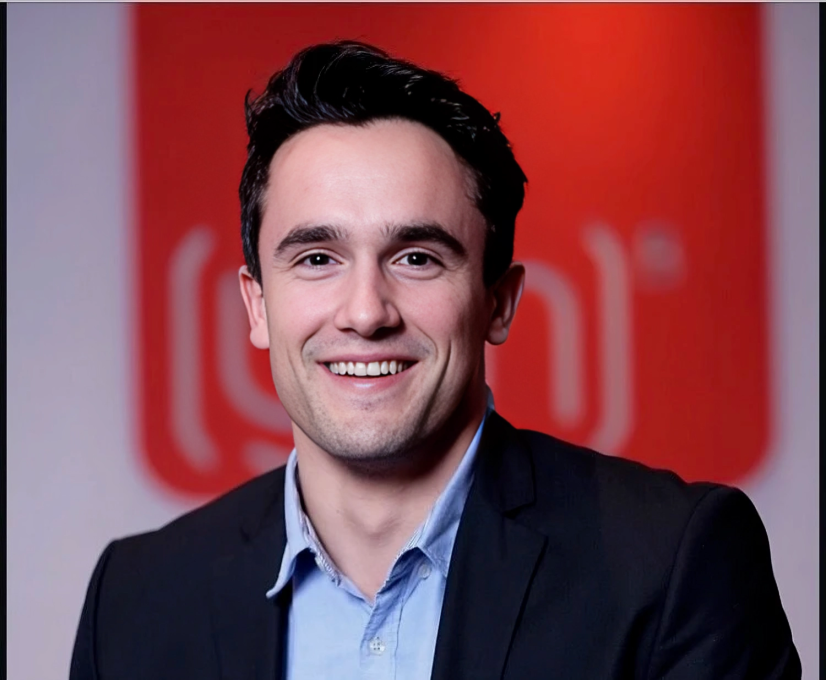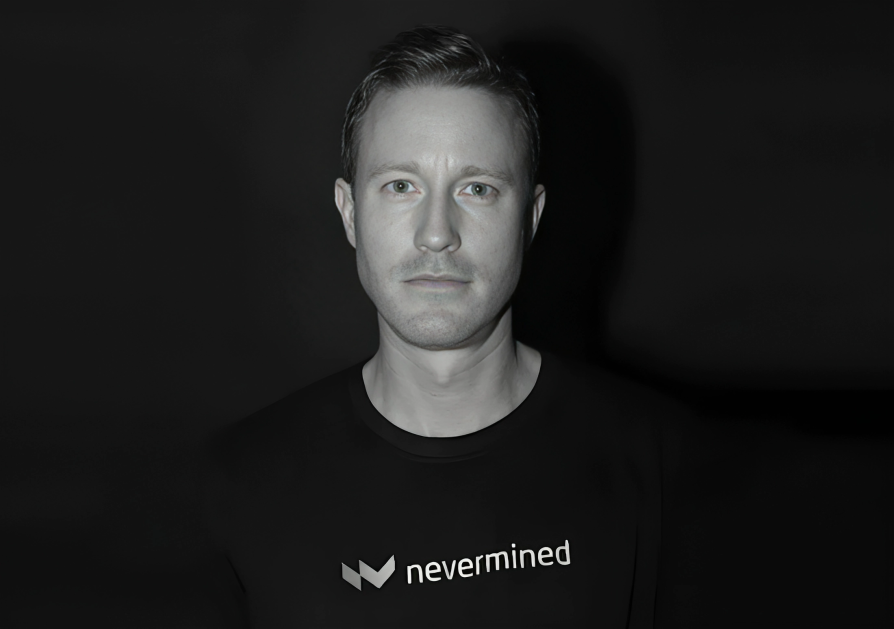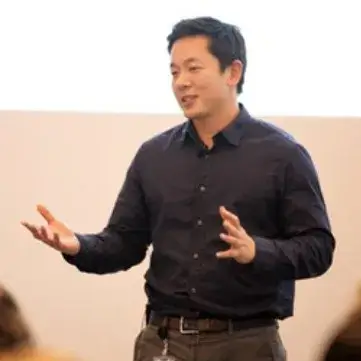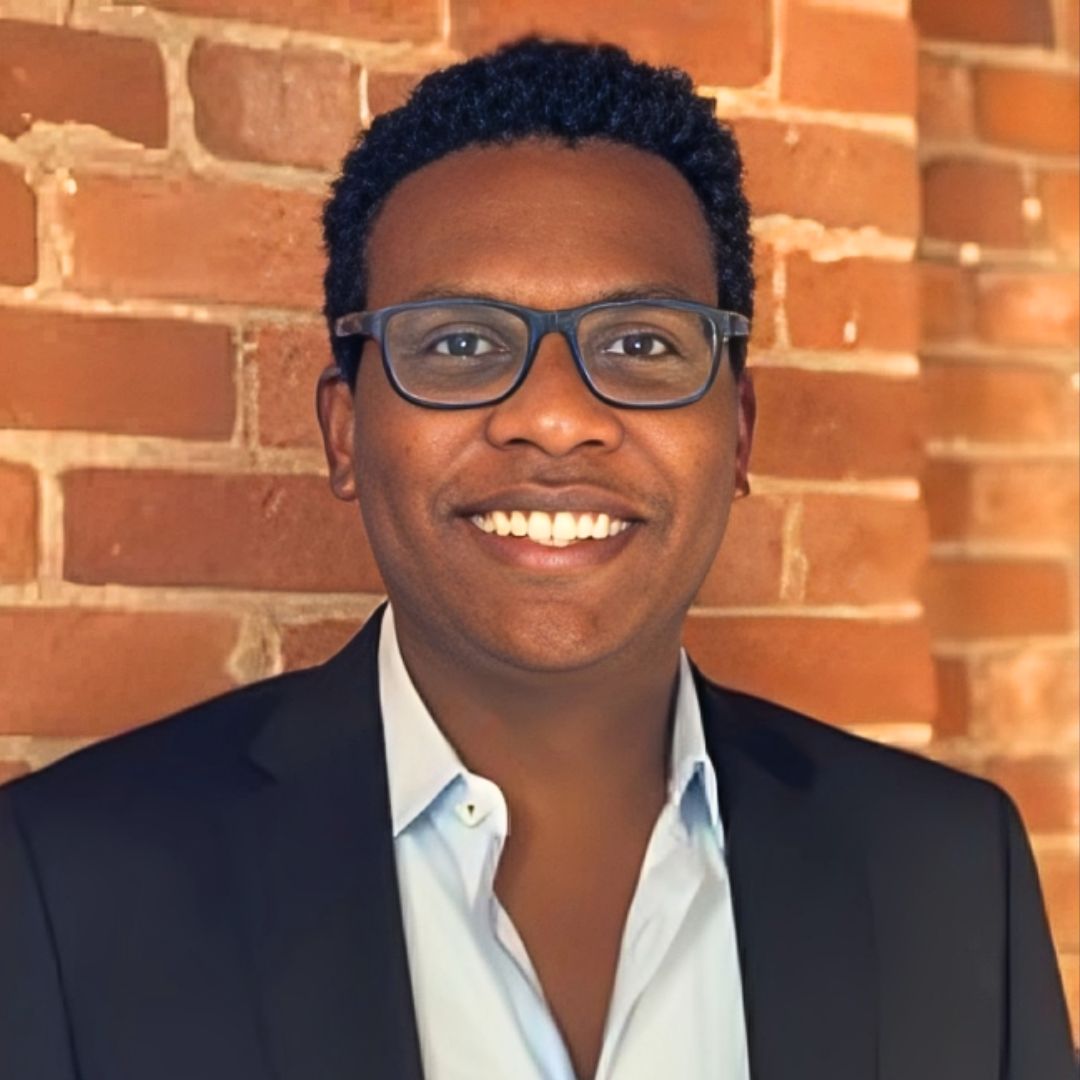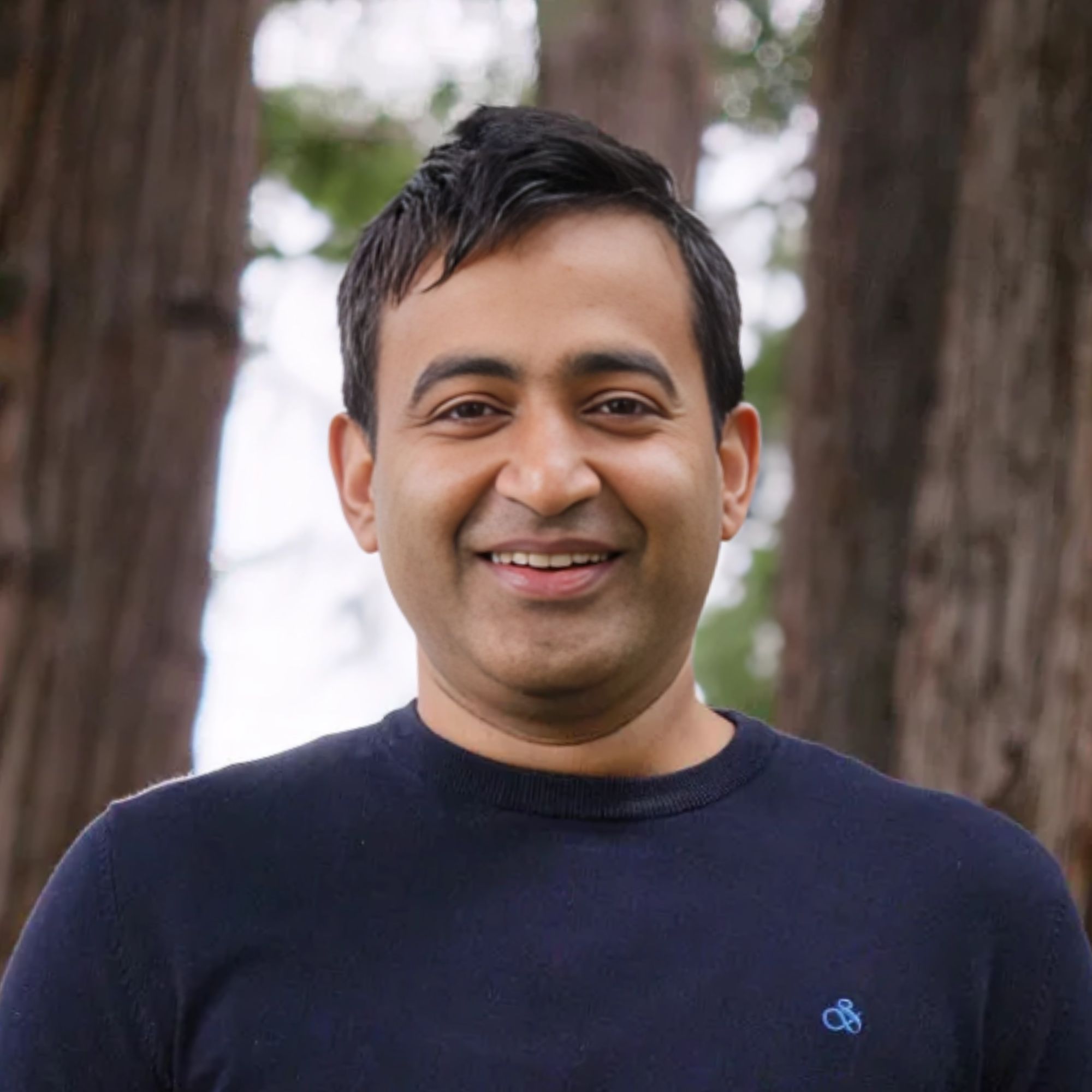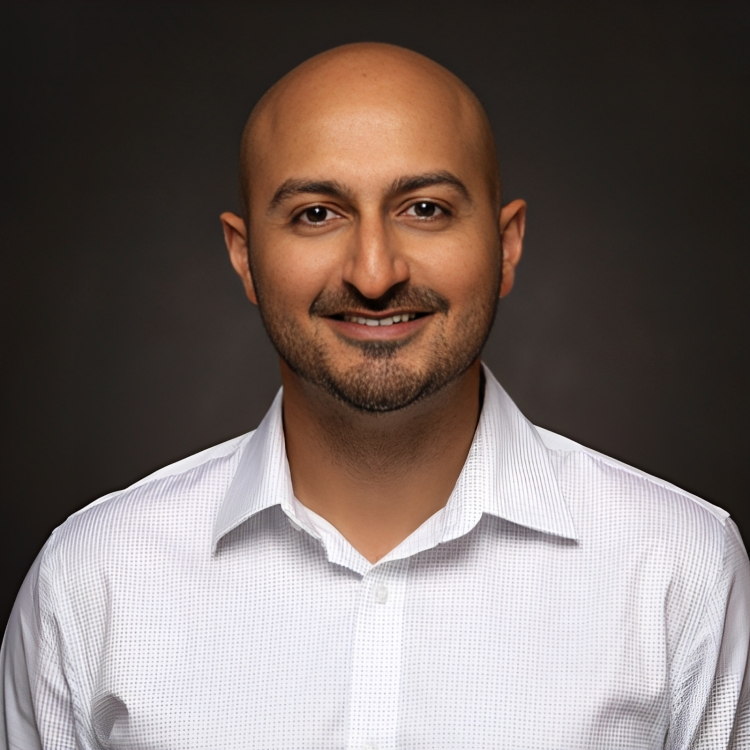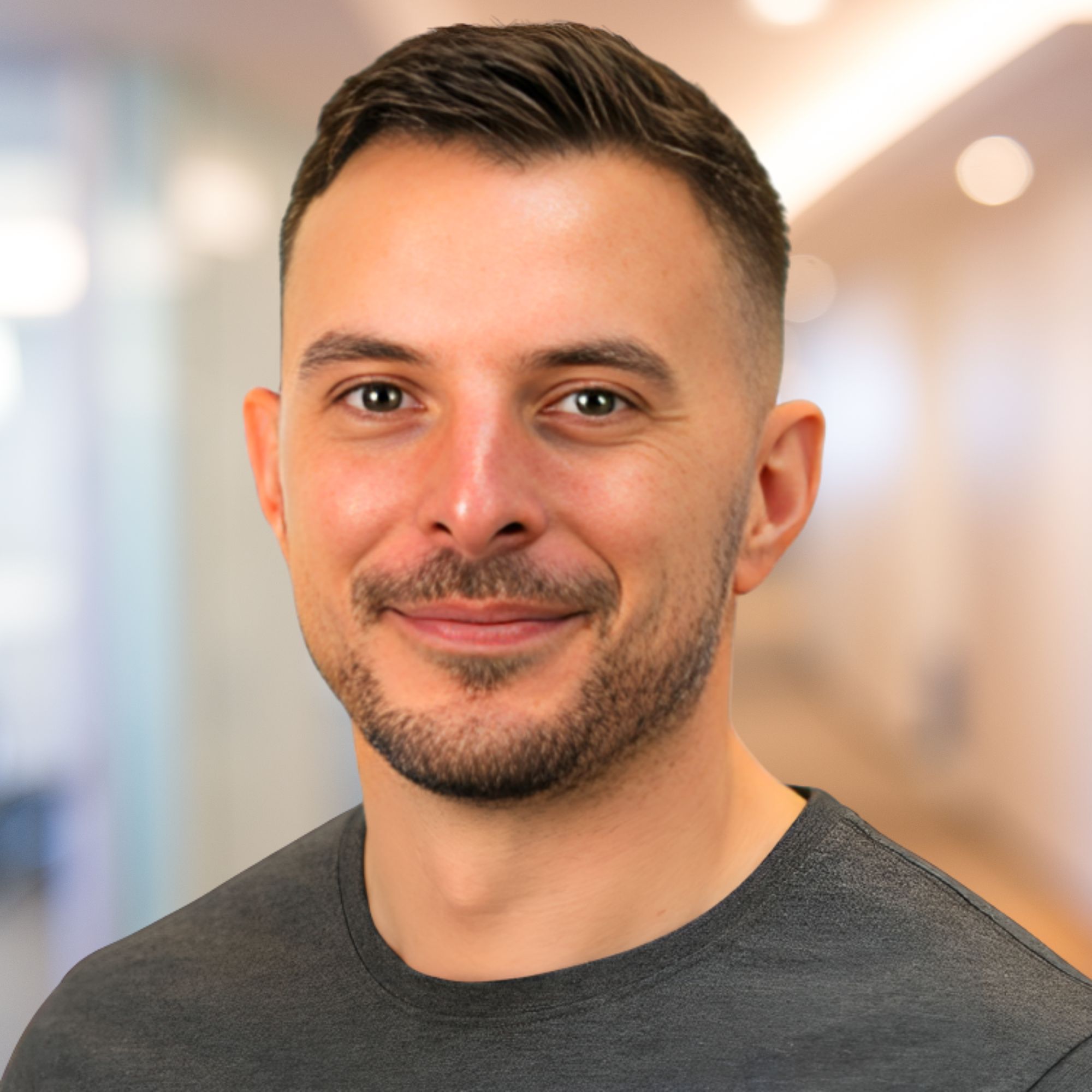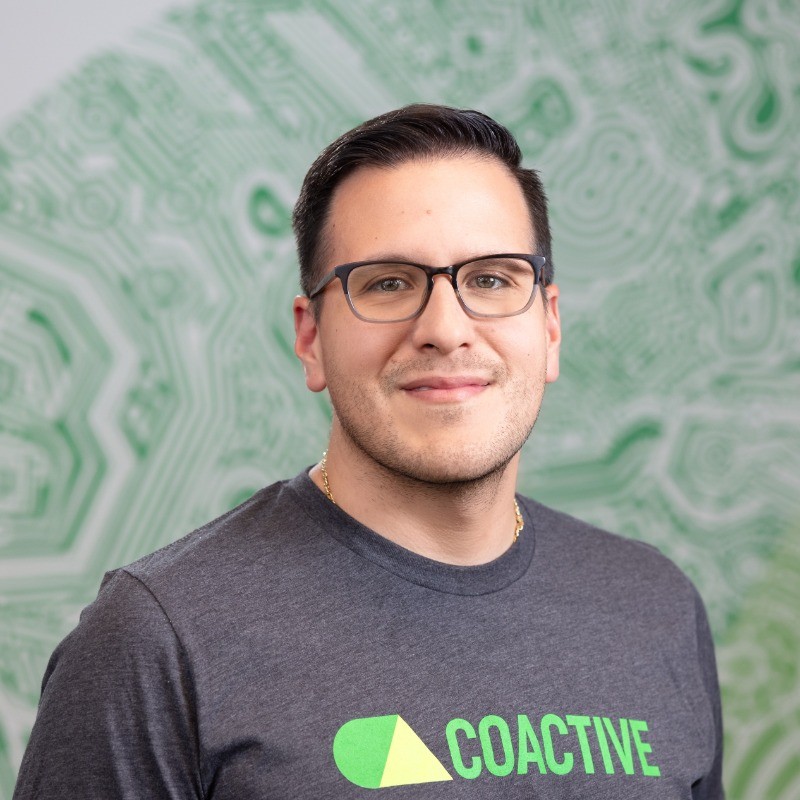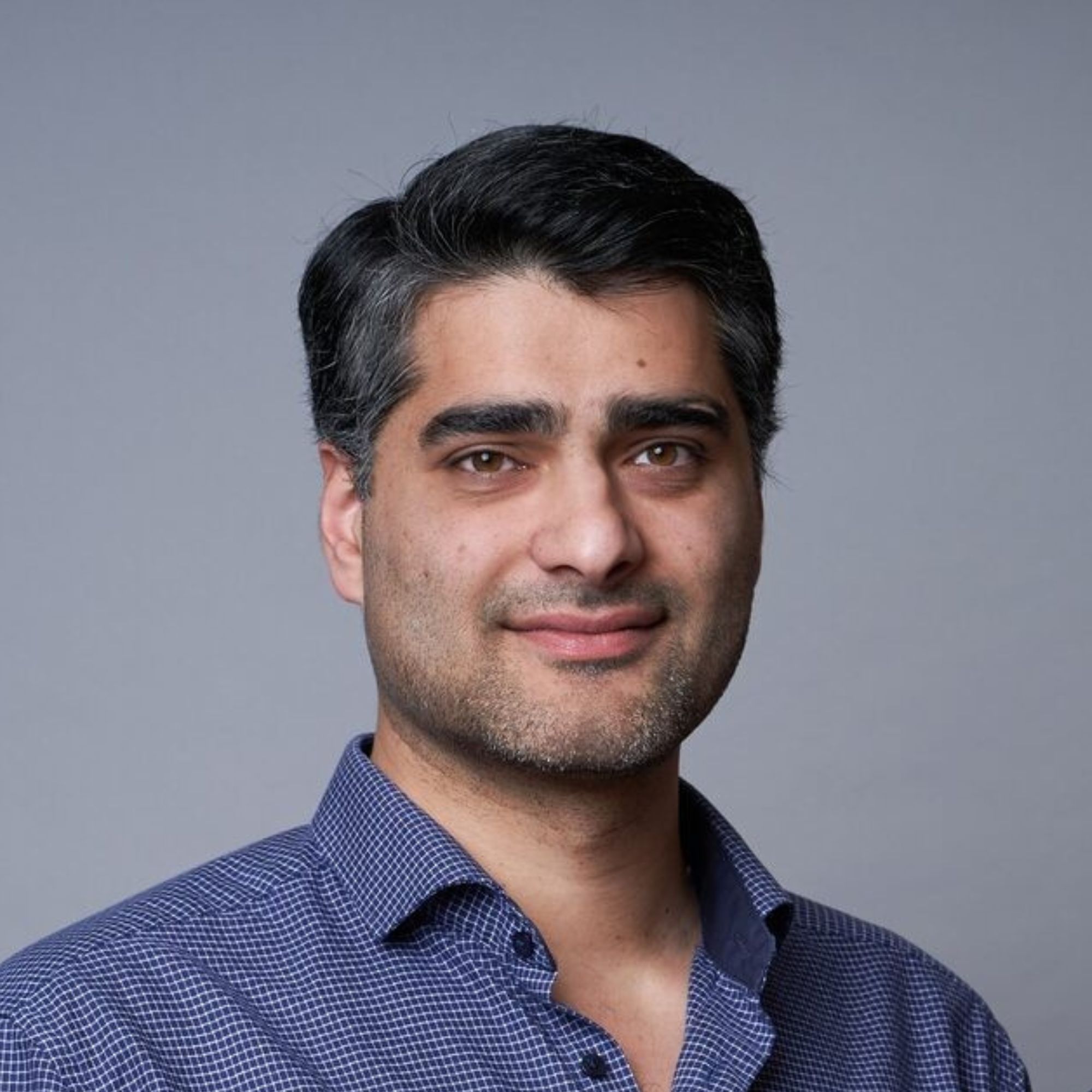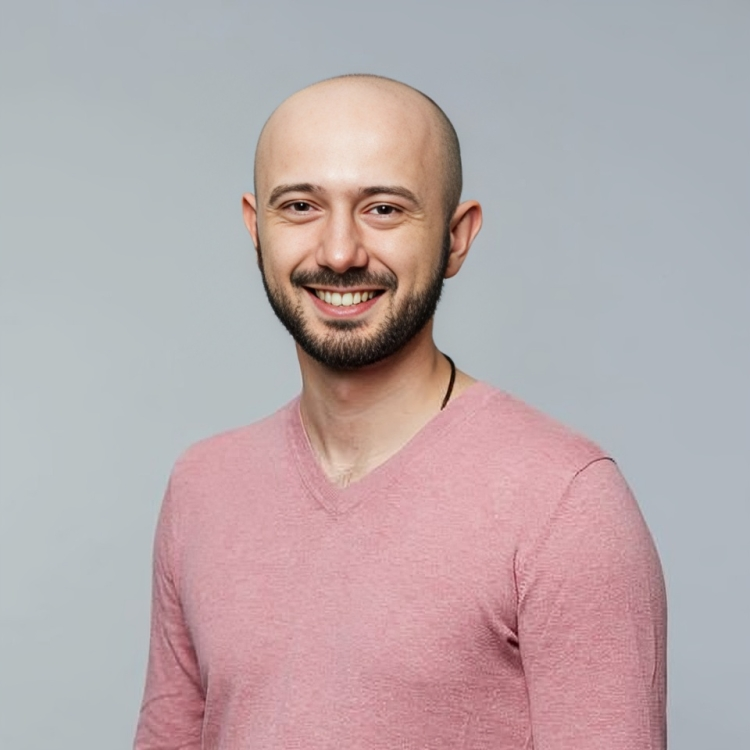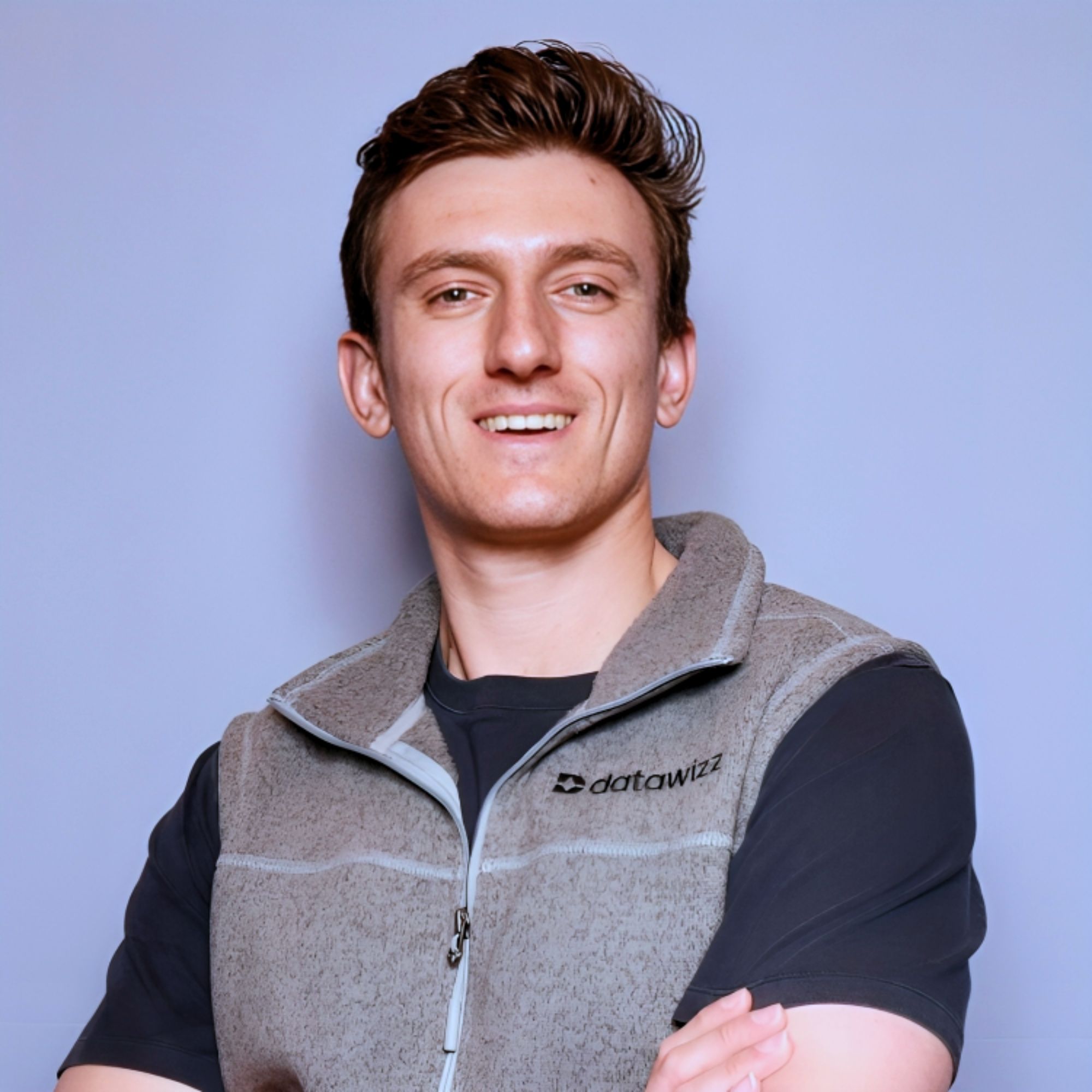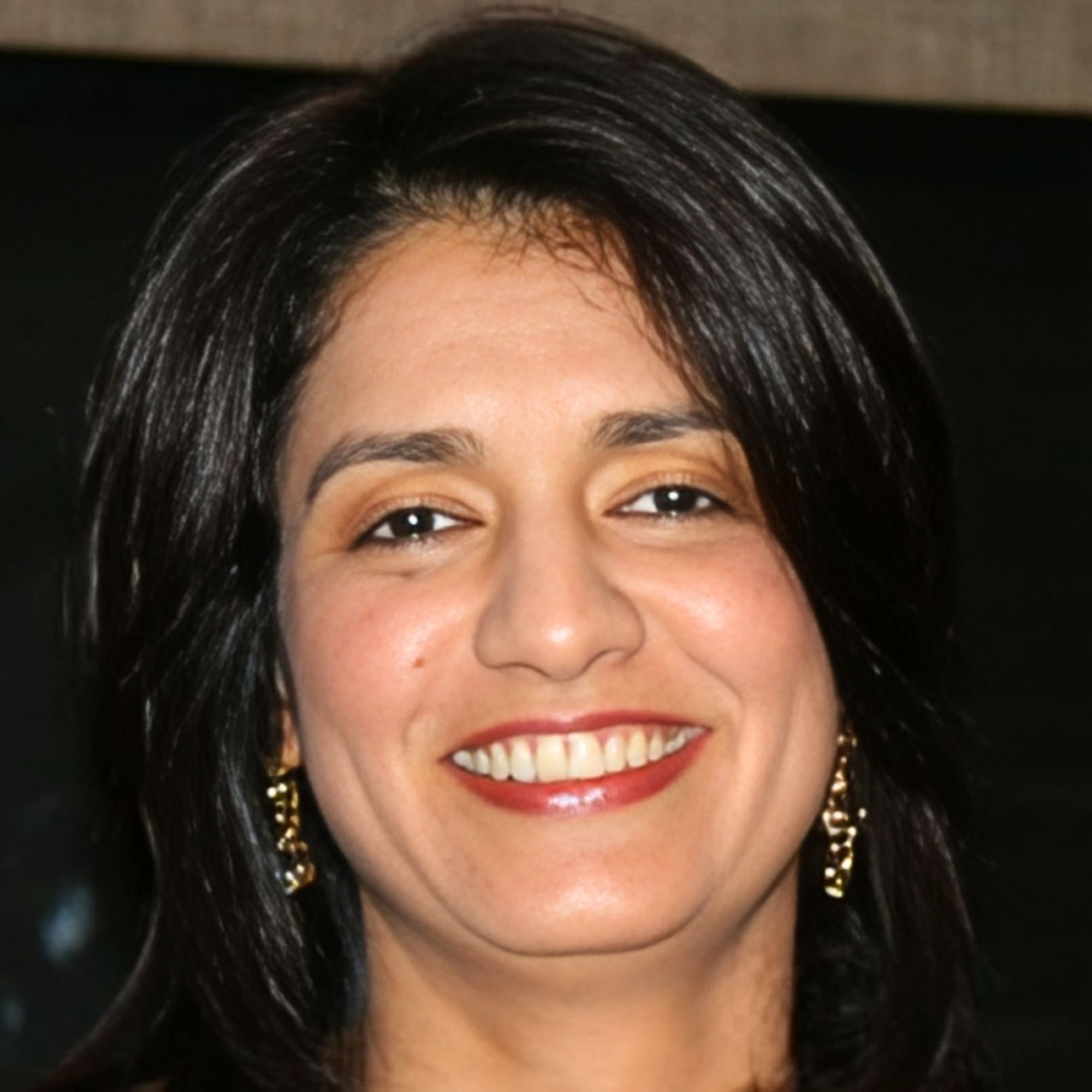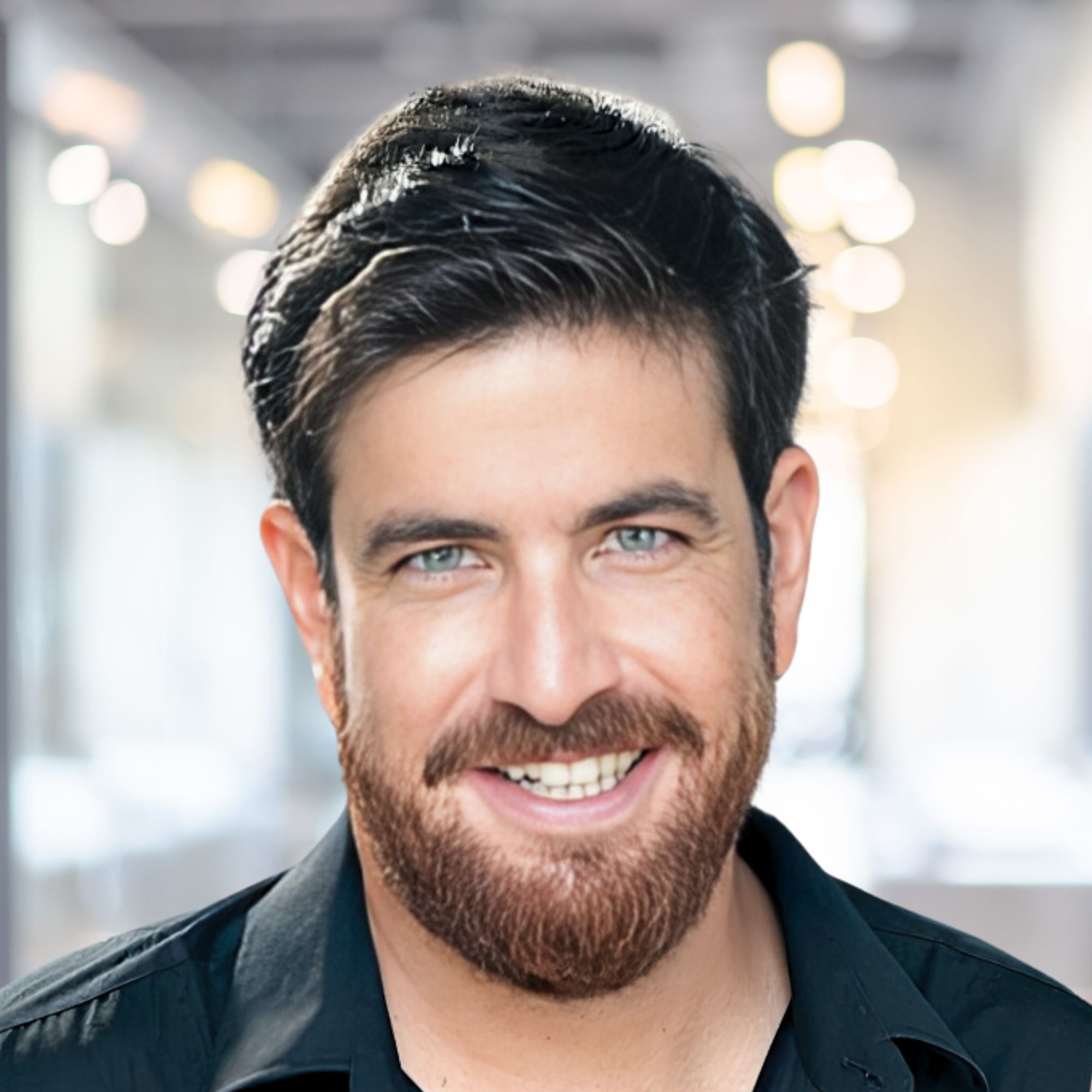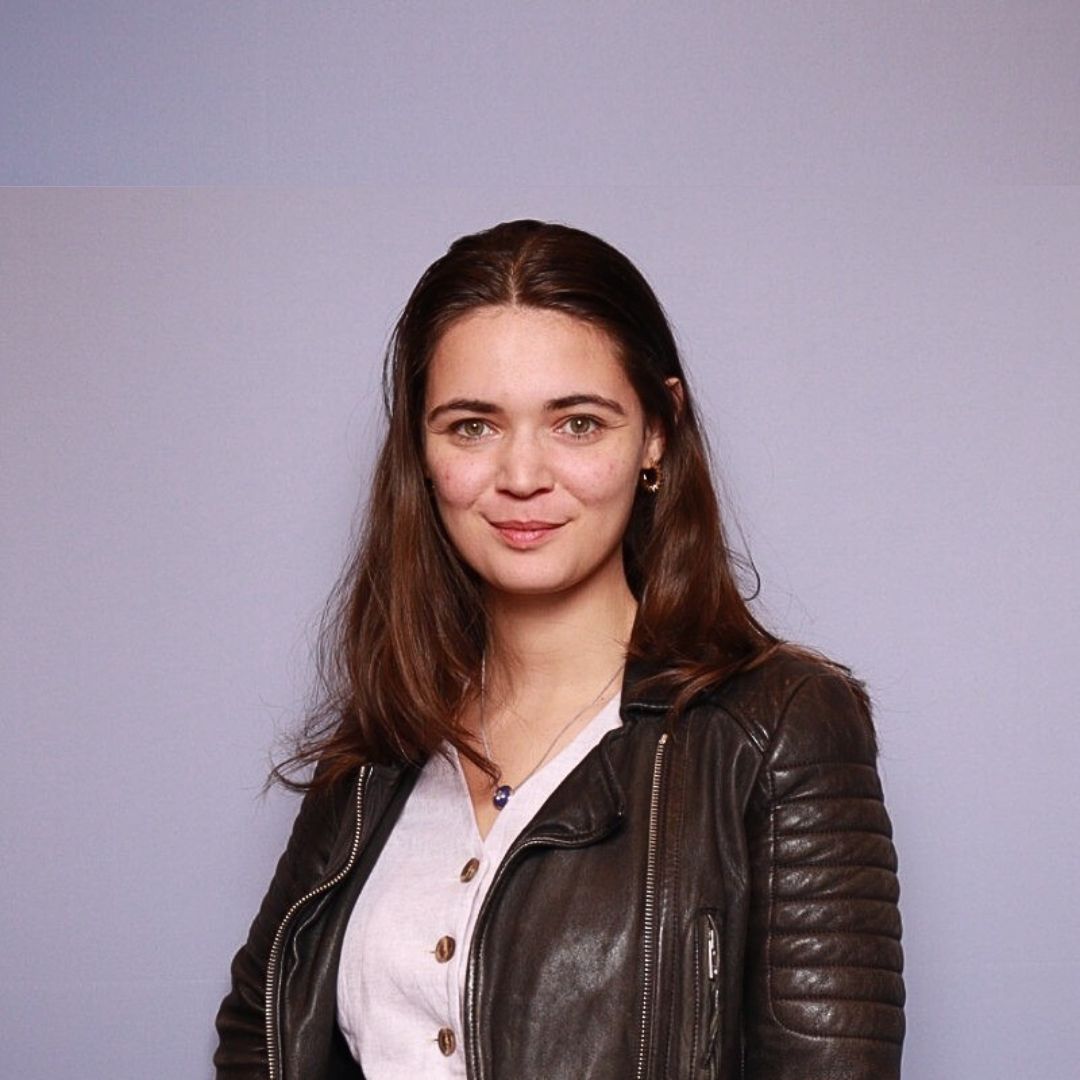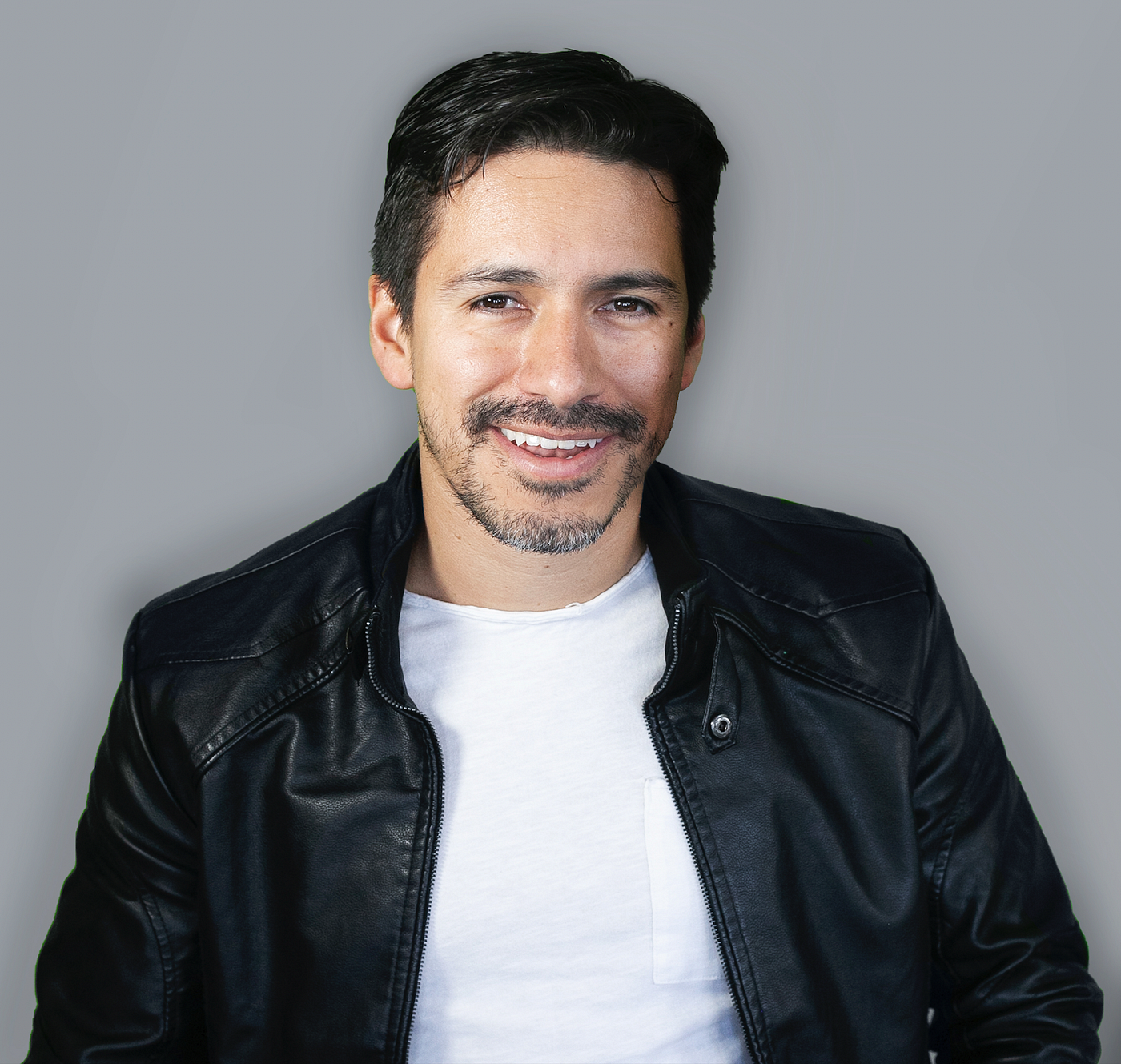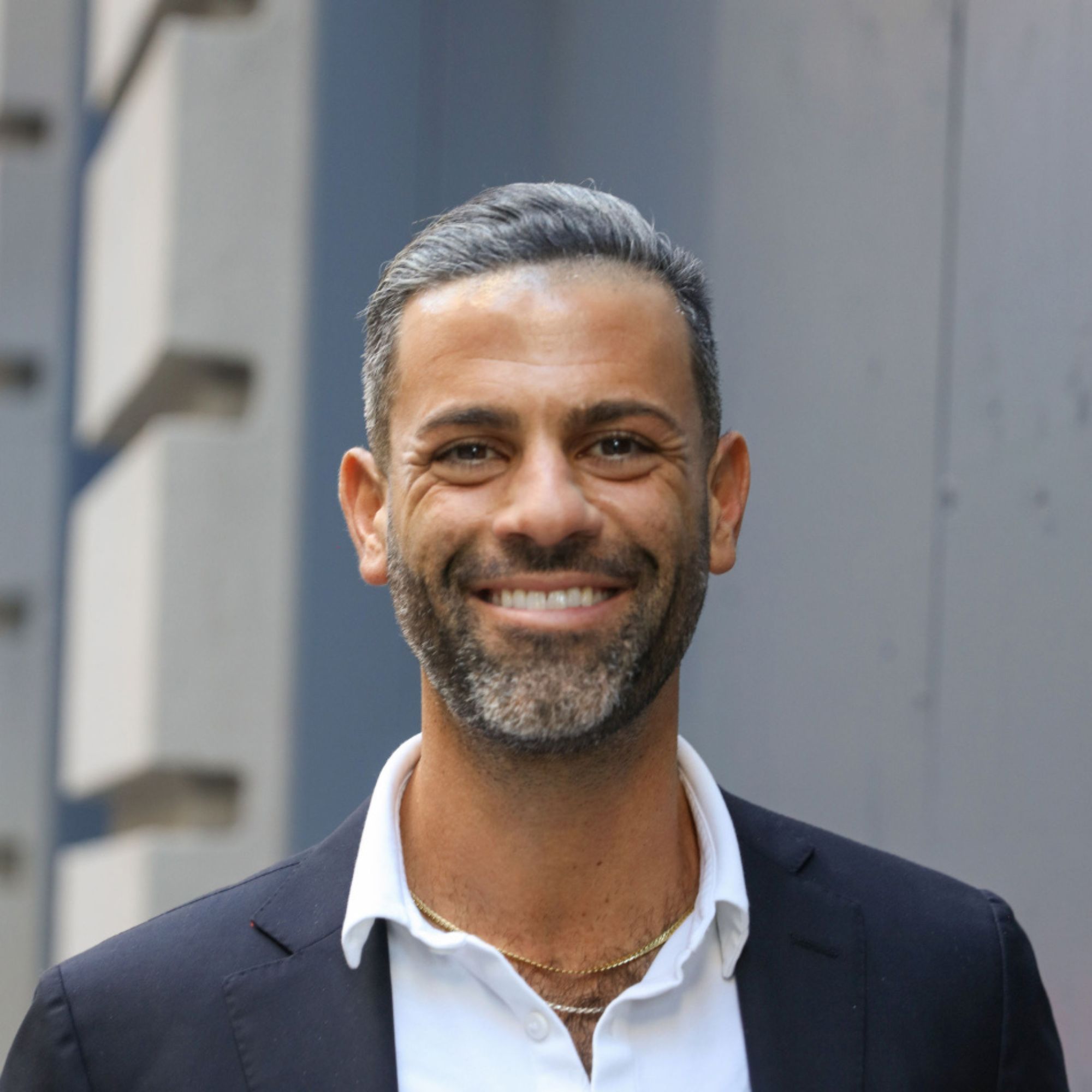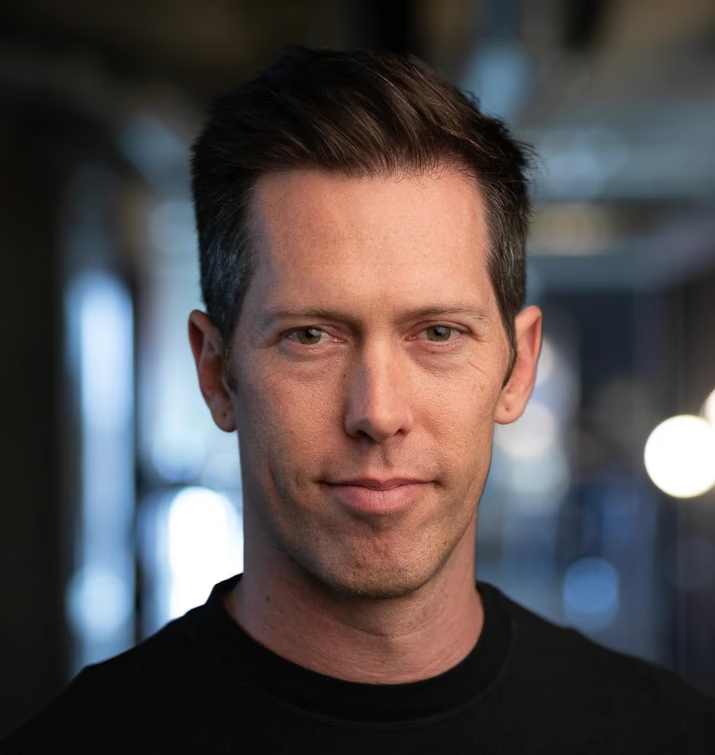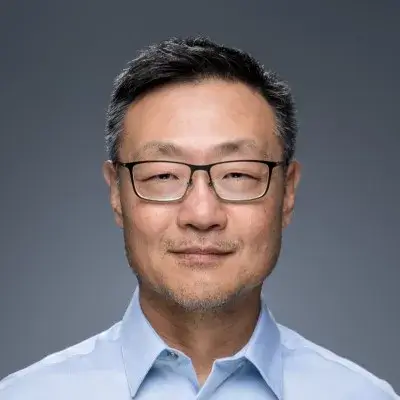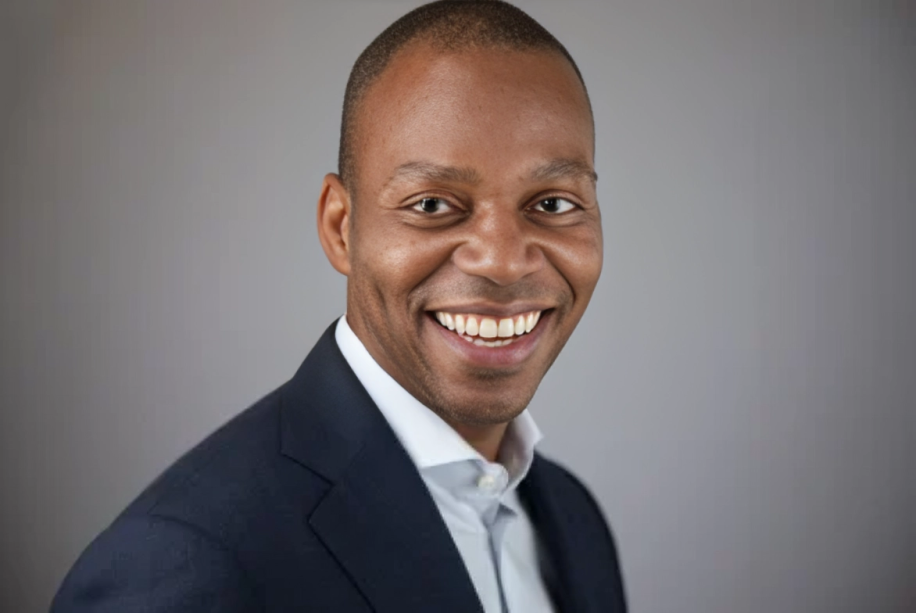Ready to build your own Founder-Led Growth engine? Book a Strategy Call
Frontlines.io | Where B2B Founders Talk GTM.
Strategic Communications Advisory For Visionary Founders
Actionable
Takeaways
Leverage established channels for reliability-critical products:
David built NEURA's entire go-to-market strategy around partnering with established robot companies rather than direct sales. He recognized that for reliability-critical hardware like robots, startups face an inherent trust deficit. "If you're talking about robots, there's all about reliability, it's all about trust because it has to run 24/7... And if you're looking into strength of a startup, that's exactly the point. Like this is something you don't have." B2B founders in hardware or mission-critical software should consider white-label partnerships with established players who already have the service infrastructure and customer trust.
Build horizontal and vertical partnership ecosystems simultaneously:
NEURA created a dual partnership model - horizontal partners (robot manufacturers) for broad distribution and vertical partners (domain specialists like welding or household task companies) for specialized applications. This creates a platform effect where "our partners don't have to have the knowledge, but they can simply download, let's say an app or a skill and they can use the robot like in all kinds of different domains." B2B founders should consider how to enable both broad distribution and deep specialization through complementary partnership types.
Target markets where regulatory shifts create urgency:
David identified that China's 2030 goal of transforming 5% of working labor to robotics (40 million robots) would force global competition. "The whole world has to, let's say, also wake up in the same time... because if we don't want to end up, let's say as a museum, we have to also contribute." B2B founders should identify geopolitical or regulatory shifts that create market urgency and position their solutions as necessary responses to competitive pressure.
Raise capital in markets that understand your technology:
When European and US investors were skeptical of hardware, David found receptive investors in Japan who "believe in robots" and understood the market potential. He eventually had to pivot to China for speed, then later successfully raised €120 million in Europe when the market shifted. B2B founders should be willing to pursue capital in non-obvious geographies where their technology vision is better understood, even if it requires navigating different business cultures.
Focus on physical AI differentiation for embodied products:
David emphasized that NEURA's competitive advantage lies in their physical AI model: "I do believe that like our AI model is one of the, let's say it's the best in the world in that space, because simply it's much more efficient and actually built for being physical, while the most other models are not." B2B founders building AI-powered hardware should invest in AI models specifically designed for their physical constraints rather than adapting general-purpose models.
Conversation
Highlights
How NEURA Robotics Cracked the Code on Scaling Cognitive Robots
The global robotics market sells fewer than 700,000 units annually across all companies combined. For context, that’s roughly the number of iPhones Apple sells every three days. David Reger, CEO and founder of NEURA Robotics, believes this represents the industry’s fundamental failure to evolve beyond its 70-year-old playbook.
In a recent episode of Category Visionaries, David shared how NEURA is transforming this niche market into a mass-market opportunity with an audacious goal: deploying 5 million cognitive robots by 2030.
The Catalyst for Change
David’s journey into cognitive robotics began with a frustrating realization from his previous companies. “Before I started Neura, I was also leading three other companies which I spun off for a Swiss family,” David explains. “By the time I was building the company in robotics, which worked pretty well, I started also building other companies like a 3D printing company, also an automation company. And in this time I figured out like how to use my own robots was still way too difficult.”
The problem wasn’t technical capability—it was accessibility. Traditional robotics required specialized expertise that most potential users simply didn’t possess. “So this is how we are building robots in 70 years. But I thought, okay, now it’s time to change that through artificial intelligence,” David says.
This insight led to NEURA’s core innovation: cognitive robots powered by physical AI, designed to be as intuitive as smartphones but with the capability to perform complex physical tasks.
The Partnership-First Go-to-Market Strategy
Most hardware startups face an existential challenge: how do you build trust for reliability-critical products when you’re an unproven company? David recognized this paradox early and built NEURA’s entire go-to-market strategy around it.
“If you’re talking about robots, there’s all about reliability, it’s all about trust because it has to run 24/7, it has to be super reliable. And if you’re looking into strength of a startup, that’s exactly the point. Like this is something you don’t have,” David explains.
Rather than fight this reality, NEURA embraced it through a sophisticated partnership model. “This is why I decided like to find the right partners. It means actually horizontal partners, like robot companies which have already existing channels like in distribution, but in the same time also in servicing these products.”
NEURA’s dual partnership ecosystem works on two levels:
Horizontal Partners: Established robot manufacturers with existing distribution channels and service infrastructure. These companies white-label NEURA’s cognitive capabilities, meaning “mostly you are not seeing our brand on the robots, but there’s a lot of robots in the field with different brands on it.”
Vertical Partners: Domain specialists focused on specific applications like welding, household tasks, or industrial processes. “If you’re looking at your household, they’re more like filling up dishwasher, empty dish, whatever, like and really focus on different domains.”
The result is a platform effect where partners can access specialized capabilities without building robotics expertise in-house. “Our partners don’t have to have the knowledge, but they can simply download, let’s say an app or a skill and they can use the robot like in all kinds of different domains.”
Navigating the Global Capital Landscape
NEURA’s funding journey illustrates the dramatic shift in hardware investment sentiment over the past few years. When David began fundraising, the response was uniformly negative across traditional venture markets.
“I was looking for money in Germany talking to all kinds of investors. They were all living in the metaverse because they have always US VC market as an example and the US market was the same,” David recalls. “Everyone asked me just a question, like, why are you building like another robot company? There’s already a robot, so it makes no sense.”
The breakthrough came from an unexpected source: Japan. “Japan was the only country where I saw. I came there with this idea and I found like a lot of different investors which are really interested in,” David explains. Japanese investors and corporations understood the robotics opportunity in ways that Western investors didn’t—”they believe in robots. They actually, in some ways they even. I think I heard about a story about 30,000 people even married to robots.”
However, regulatory complexity forced another pivot. “But then the difficulty appeared in like establishing a company would take us there like eight months, you know, like, so it was way too slow.” This led to an initial fundraising round in China for speed, before eventually returning to Europe as the market matured.
The transformation has been dramatic. NEURA recently raised €120 million “like in about three and a half weeks” with “most of the money was actually European money,” demonstrating how radically investor sentiment toward hardware has shifted.
The Physical AI Advantage
NEURA’s competitive moat lies in their approach to artificial intelligence for robotics. While most companies adapt general-purpose AI models for physical applications, NEURA built their system from the ground up for embodied intelligence.
“I do believe that like our AI model is one of the, let’s say it’s the best in the world in that space, because simply it’s much more efficient and actually built for being physical, while the most other models are not. They’re more, let’s say, made for different things, like for processing text data and physically, AI model is like completely different,” David explains.
This physical AI approach addresses critical constraints that general models can’t handle effectively. “You have like limited bandwidth and that’s always like that. First of all, you have limit compute in the system because also energy limitations. And then at the same time you’re not having, let’s say the possibility always to have like cloud connection.”
The technical challenge is immense. NEURA’s humanoid robots contain “about seven cameras” and must process vast amounts of sensory data while operating with limited computational resources and inconsistent connectivity. Their physical AI model excels in these constrained environments where traditional AI approaches fail.
Market Timing and Regulatory Urgency
NEURA’s ambitious deployment target of 5 million robots by 2030 isn’t arbitrary—it’s driven by global competitive dynamics. “China has their 2030 goal of having 5% working labor transformed into robotics, which means actually 40 million robots just in the Chinese market,” David explains.
This creates a compelling urgency narrative: “What this leads actually to, the whole world has to, let’s say, also wake up in the same time, let’s say have to build a strategy in that field. Because if we don’t want to end up, let’s say as a museum, we have to also contribute.”
By positioning robotics as a competitive necessity rather than an efficiency improvement, NEURA reframes the conversation from “nice to have” to “must have” for economic survival.
Scaling Beyond Individual Sales
Perhaps most importantly, NEURA prioritizes ecosystem infrastructure over unit economics optimization. “It will not help us to have the best robot or best prototype. It’s all about ecosystem and infrastructure around us to actually make multimillions out of it,” David emphasizes.
This philosophy extends to their vision for household robotics, which David believes will be transformative for society. “I think it will save a lot of marriages because simply until today there is nobody ever defined, really like clearly defined the role in a household, like who is responsible for what.”
The Path Forward
With 5,000-10,000 robots already deployed and ambitious scaling plans, NEURA represents a fundamentally different approach to robotics commercialization. By combining physical AI innovation with partnership-driven distribution and ecosystem thinking, they’re attempting to transform robotics from a niche industrial market into a mass consumer opportunity.
The ultimate test will be whether their platform approach can achieve the scale economics necessary to reach their 5 million robot target. But David’s confidence stems from a simple observation: “Right now, if you take all robot companies together, we’re selling right now about 5 to, let’s say, 700,000 robots altogether by year. That’s actually the market of today.”
NEURA’s bet is that cognitive robotics powered by physical AI can expand this market by orders of magnitude—transforming robots from specialized industrial tools into ubiquitous household assistants that handle the tasks “nobody likes to do, like taking out the trash, filling up dishwashers.”
For B2B founders, NEURA’s journey offers a masterclass in building trust for reliability-critical products, creating platform effects through strategic partnerships, and positioning solutions as competitive necessities rather than incremental improvements.







